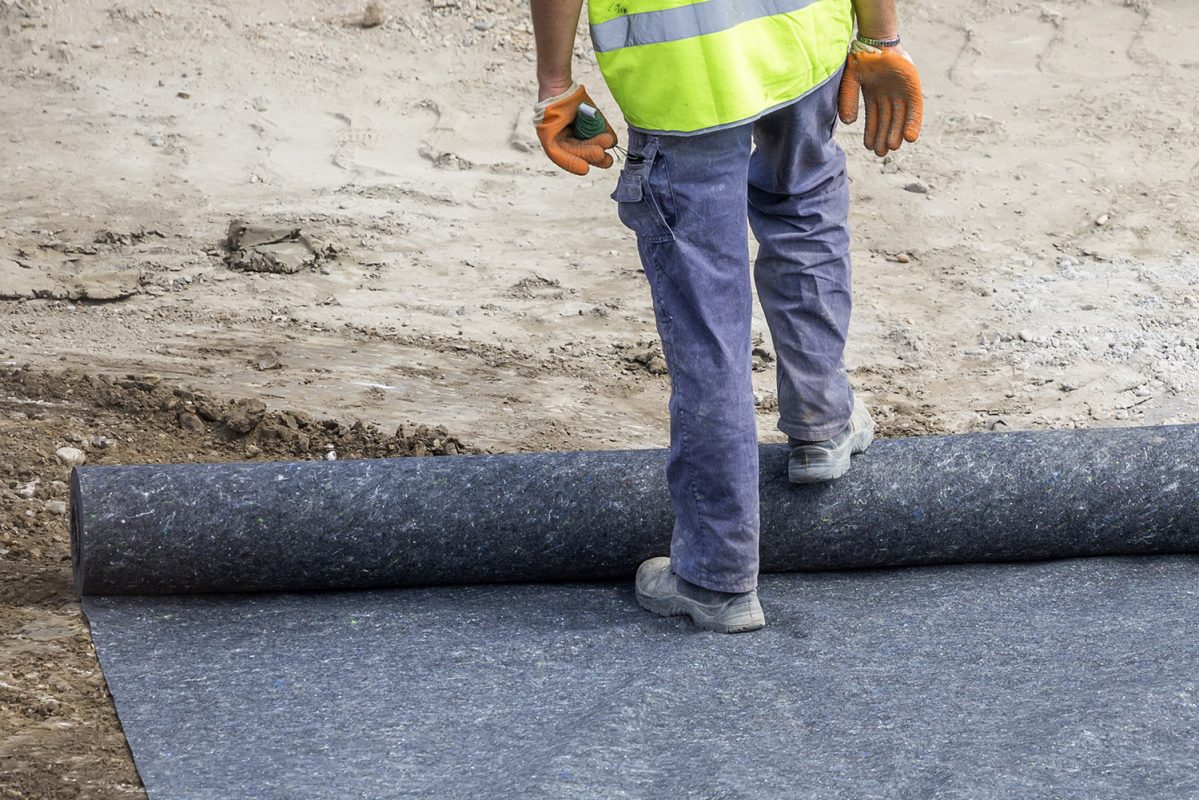Geofabric is an unsung hero in the world of landscaping and gardening. While it may not be the most glamorous material, it plays a crucial role in preventing erosion, stabilizing soil, and creating durable structures like retaining walls. In this article, we’ll explore the hidden power of geofabric and why it should be a staple in every landscaper and gardener’s toolkit.
Soil Stabilization
Geo-fabric is commonly used for soil stabilization in erosion control projects. It helps to prevent soil erosion by holding soil in place while still allowing water to pass through. This is especially useful on steep slopes, where erosion can be a significant problem.
Weed Control
Geo-fabric can also be used for weed control in landscaping projects. It acts as a barrier between the soil and weed seeds, preventing weeds from germinating and growing. This can be especially useful in garden beds and landscaped areas where weed growth can be difficult to control.
Drainage
Geo-fabric can also be used to improve drainage in landscaping projects. By placing the fabric over the soil and then adding a layer of gravel or other coarse material on top, water can pass through the fabric and drain away from the surface, preventing waterlogging and soil erosion.
Retaining Walls
Geo-fabric is also used in retaining walls. It adds strength and stability to structures that prevent soil from sliding or eroding in sloped areas, or create level areas for landscaping or construction projects. Moreover, the permeability of the geo-fabric allows water to drain freely, reducing hydrostatic pressure and minimizing the risk of damage to the structure.
So if you’re a landscaper or gardener looking to tackle soil erosion, weed growth, or drainage issues, don’t overlook the unsung hero that is geofabric. Incorporating this material into your projects can make all the difference in creating a stable, functional, and beautiful landscape.

